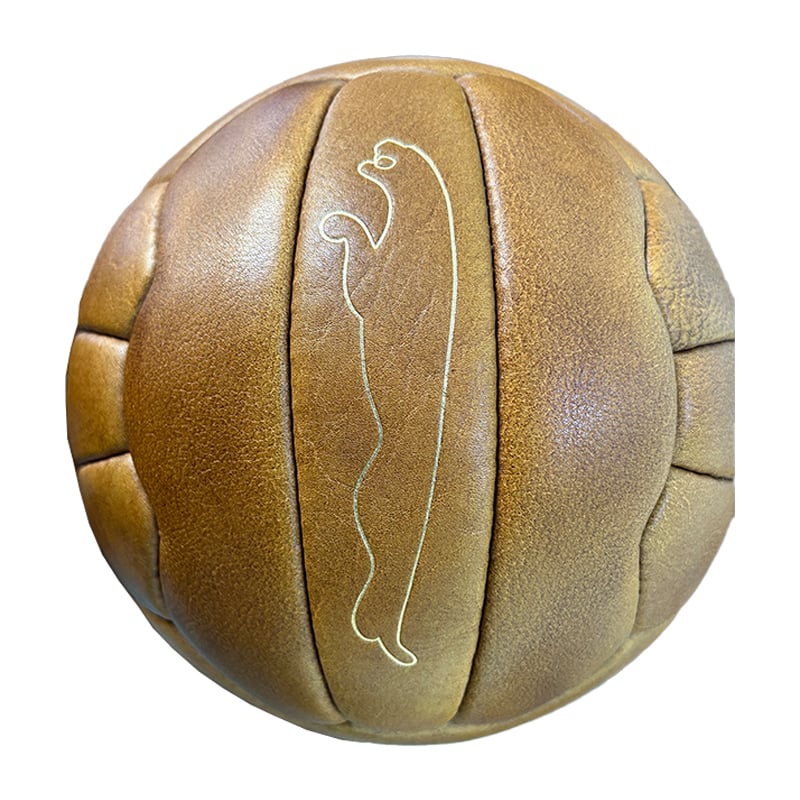The Classic soccer Ball: A Timeless Essential for the Beautiful Game
The History of the Classic Soccer Ball
The soccer ball has come a long way since its early days. The classic soccer ball was first invented in the 19th century, when leather balls with an inner rubber bladder became the norm. However, these balls were not always round and often had laces to help players grip the ball. It wasn't until the early 20th century that the modern, round soccer ball design was adopted.
The Design of the Classic Soccer Ball
The classic soccer ball is designed with 32 panels sewn together to form the iconic hexagonal pattern. The panels are typically made from synthetic leather or a blend of synthetic and natural leather. The ball's inner bladder, which holds the air, can be made from latex or butyl. The size and weight of the ball are regulated by FIFA, with official balls ranging from size 5 for adults to size 1 for children.
The Functionality of the Classic Soccer Ball
The classic soccer ball is designed for maximum aerodynamics and accuracy. The hexagonal panel shape creates a more stable and predictable flight path, allowing players to better aim their shots and passes. The ball's weight and size also make it suitable for the physical demands of the sport, allowing players to kick with precision and control.
Caring for Your Classic Soccer Ball
To ensure your classic soccer ball lasts as long as possible, it's important to properly care for it. Store it in a cool, dry place when not in use, and avoid exposing it to extreme temperatures or sharp objects that could puncture the outer layer. Use a damp cloth to wipe down the ball after each use, and periodically check the air pressure to ensure it remains at the correct level.
Choosing the Right Classic Soccer Ball for Your Needs
When selecting a classic soccer ball, consider your level of play and the surface on which you'll be playing. Higher-level players may prefer balls with a softer touch and more advanced aerodynamics, while beginners may opt for a more basic model. Additionally, certain balls are designed for use on specific surfaces, such as turf or indoor courts.
The Benefits of Using a Classic Soccer Ball
Choosing a classic soccer ball over a cheaper or lower-quality alternative comes with a number of benefits. First and foremost, a quality ball will perform better on the field, allowing for better control and accuracy. Additionally, a classic soccer ball is likely to last longer than a cheaper alternative, making it a more cost-effective investment in the long run.
The Downside of Using a Classic Soccer Ball
While classic soccer balls are generally considered the gold standard for the sport, there are some drawbacks to keep in mind. The cost of a quality ball can be prohibitive for some players, particularly those who are just starting out. Additionally, the weight and size of a classic ball may be difficult for younger or smaller players to manage, making it important to choose an appropriate size and weight.
Classic Soccer Balls in Popular Culture
The classic soccer ball has become a cultural icon, appearing in countless films, television shows, and other media. Additionally, the designs and colors of classic soccer balls have become synonymous with the sport itself, representing the passion and energy of the game.
The Future of the Classic Soccer Ball
While the design and functionality of the classic soccer ball have remained largely unchanged for decades, there are always new innovations and developments on the horizon. From new materials and customization options to smart balls that track statistics and performance, it's clear that the classic soccer ball will continue to play a central role in the world's most popular sport for years to come.
Quote Inquiry
Contact Us Now!

